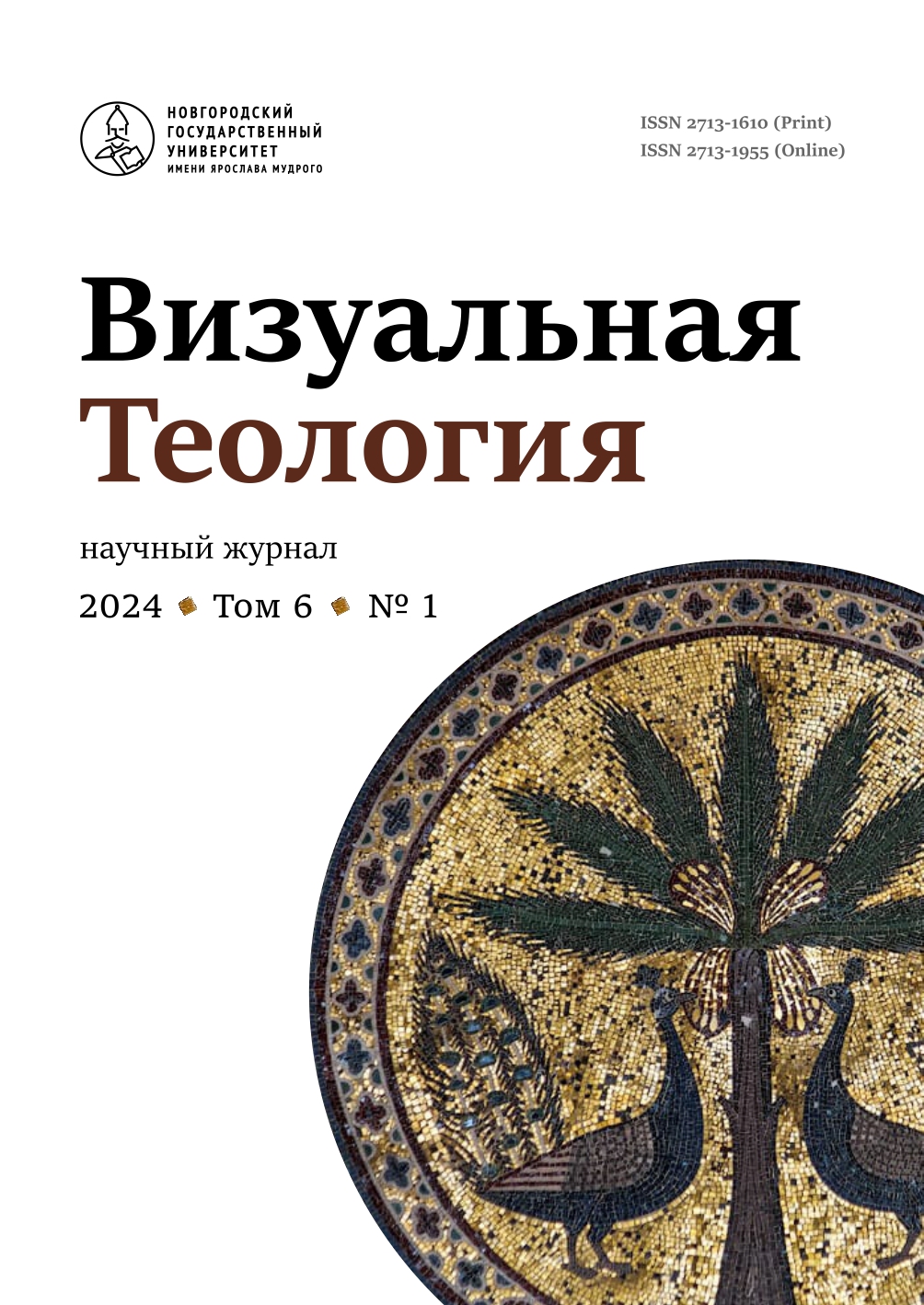The Visualization of a Hagiography: Frescoes of the Chapel of St. Nicholas of Myra in the Cathedral of the Nativity of the Virgin of the Ferapontov Monastery
Abstract
The Cathedral of the Nativity of the Virgin of the Ferapontov Monastery houses the life of St. Nicholas of Myra, consisting of 12 episodes, the earliest one among Russian murals. The cathedral was painted by the artel of the Muscovite painter Dionisy in 1502. The frescoes of St. Nicholas chapel (actually, a sacristy) with the central image of the Saint, located in the conch of the altar apse, have attracted much attention. Researchers did not fail to notice the expressiveness and psychological characterisation of the face of St. Nicholas in the central image. The combination of the themes of the Theotokos and St. Nicholas in the Ferapontov Cathedral was a manifestation not only of the Byzantine tradition but also of the idea of special closeness of St. Nicholas to the Mother of God characteristic for the Russian religiosity. The iconographic program of Cathedral’s sanctuary with the image of John the Baptist and the consecration of the sacristy to St. Nicholas, was unusual for the Russian tradition, but echoed mosaic decorations of side apses with a similar dedication in the Cathedral of the Assumption of the Virgin in Daphne (circa 1100). The custom of having a side church in the sacristy was widely spread in Byzantium and was also adopted in Medieval Russia. When examining the frescoes of St. Nicholas chapel, scientists did not pay sufficient attention to the principles of placement and order of scenes running in the space of the apse in two tiers, but not in a chronological order. In this regard, a hypothesis was formulated about the influence of the hagiographic icons of St. Nicholas on the spatial composition of the paintings in St. Nicholas chapel. This paper discusses both strong and weak sides of this hypothesis with a purpose to further the study of the problem. When studying the location of the episodes of the cycle, we found that a few scenes were placed relative to each other in a similar manner. In addition, it turned out that the main principle governing the placement of the episodes was the principle of pairing. Within the pair, scenes and images were selected in accordance with iconographic similarity or a thematic relation. The axis of symmetry of the apse was of crucial importance. The compositions were distributed in the space of the sacristy with visual and semantic balance relative to this axis. The very principle of the spatial design, where thematically related scenes were placed opposite to each other endowed the entire composition with completeness and integrity, being quite different from a linear historical narrative with a more primitive visual conception.



